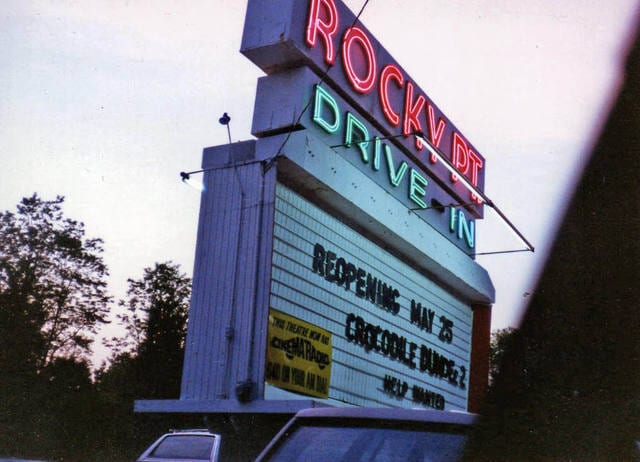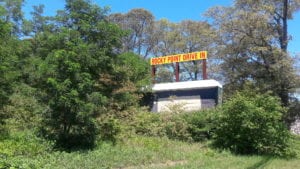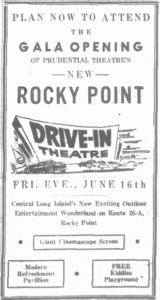By Sara-Megan Walsh
It’s said that many hands make for light work, and if that’s true, the outpouring of community support for Gunther’s Tap Room will hopefully have it rebuilt in record time.
The uplifting refrain of “Don’t Stop Believin’” by Journey could be heard as dozens of Northport residents and their families attended a fundraiser Aug. 13 for Gunther’s Tap Room at the Park Lounge in Kings Park. Gunther’s has been closed since being consumed by an early-morning fire May 23.
John Weeden, owner of Park Lounge, said he hosted the $25-per-person community barbecue and extensive Chinese auction to raise money to help reopen Gunther’s Tap Room, and to financially aid its employees who have been without a job. Weeden declined to say how much was raised in total.
“I’d like to raise enough money to help them pay for whatever bills they have to reopen it. I thought it was the right thing to do.”
— John Weeden
“I’d like to raise enough money to help them pay for whatever bills they have to reopen it. I thought it was the right thing to do,” said Weeden, who worked as a bartender at Gunther’s for 13 years. “I feel [Pete Gunther] would want that bar reopened. It was his legacy.”
Peter Gunther Sr., a late Northport native and ex-chief of the Northport Fire Department, owned and operated Gunther’s Tap Room since the 1960s, according to current co-owner Brad Vassallo.
“Gunther’s is the bar of the people,” he said. “It’s been basically built amongst the patrons.”
Vassallo, who purchased Gunther’s with Eddie McGrath in 2016, said they are currently in the process of completing structural repairs to the more than 100-year-old building to make it safe and compliant with modern building codes.
“The town has been remarkable in terms of helping the process,” Vassallo said. “They and the community have been fantastic in trying to help us out — letting us do what we need to get this place reopened.”
How much it will cost to rebuild and restore the landmark bar to its former glory is still an unknown, according to Vassallo, saying that “it will be substantial.” The owners said they have run into a number of unforeseen repairs that have slowed down the process.
But several community members have stepped forward, offering donations of building supplies and skills to speed up that process. Some have offered their help to lay down new hardwood floors, and others offered to fix up the bathrooms.
“The community [has] been fantastic in trying to help us out — letting us do what we need to get this place reopened.”
— Brad Vassallo
“We are going to keep the aesthetics as similar as we can,” Vassallo said. “There will need to be some changes, but the color scheme and the way the bar was set up — we are going to keep it as close as we can to the original form.”
With Gunther’s closed for reconstruction, bartender Jani Zubkovs said it’s been difficult for him and the other employees. They’ve stayed in touch over the last few months on updates on the repairs and in trying to find other work.
“It’s an eyesore right now,” Zubkovs said. “I miss all the people, all my regulars. It’s the local Northport place where everybody knows each other.”
In an attempt to offset the financial hardship, Zubkovs has picked up bartending two nights a week at Elijah Churchill’s Public House on Fort Salonga Road in Northport.
Dozens of area businesses contributed to Sunday’s fundraiser by donating goods and services for the Chinese auction.
For those who missed the event, a GoFundMe campaign has been set up, with a goal of $75,000 to help the business reopen. Visit www.gofundme.com/gunthers-tap-room for more information or to donate to the restoration cause.
Despite the disruptions in construction, Gunther’s owners remain hopeful that beer will be flowing again within the next couple of months.
“It’s disappointing that me and Eddie just bought the place to have this kind of situation happen,” Vassallo said. “The primary reason we took it over is that we made a vow. We wanted to keep Gunther’s Tap Room as it was, as Pete Gunther made it to be. We are doing everything we can to do that.”






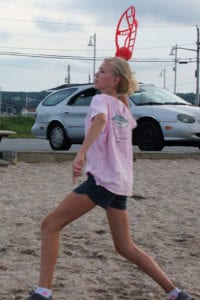




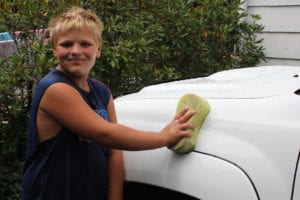
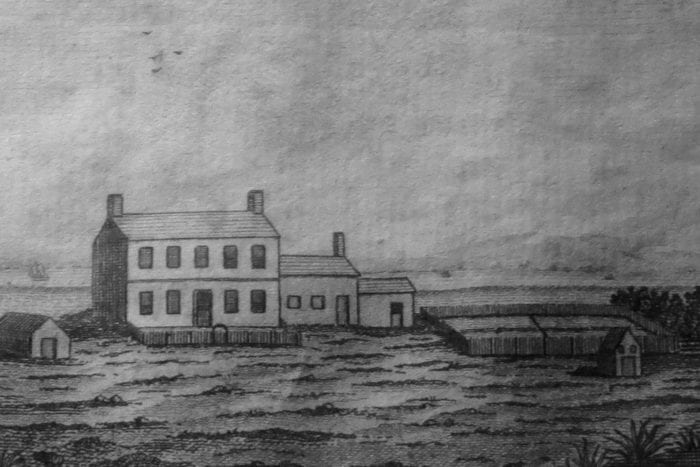





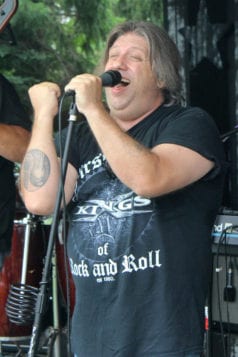





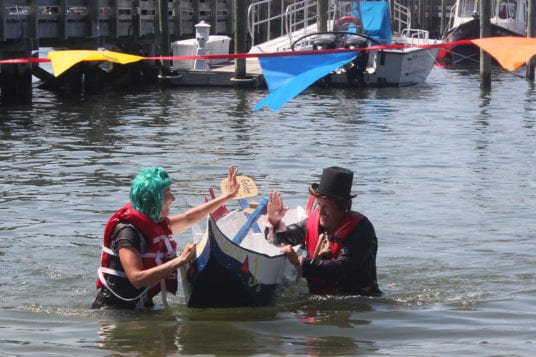








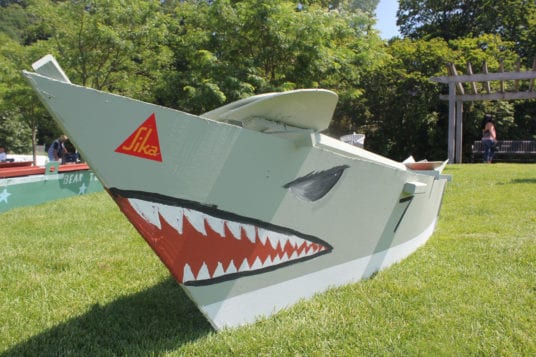







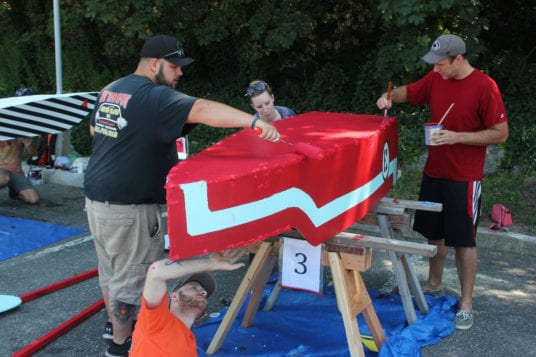
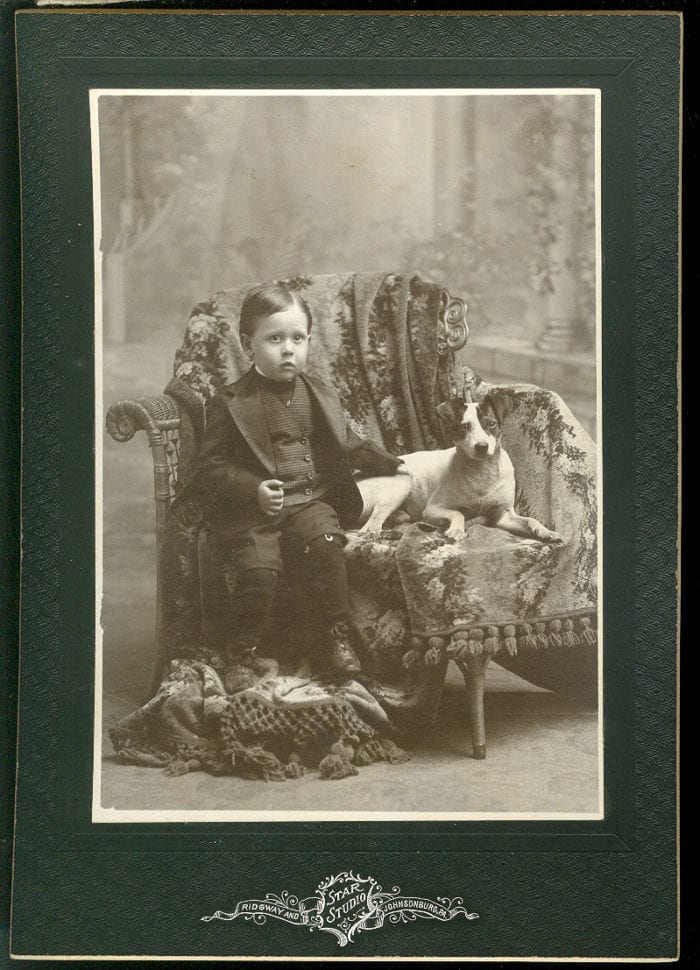


 Shelter dogs from Last Chance Animal Rescue will be available for adoption and The Middle Country Public Library’s Mutt Club, which partners with animal rescue organizations, will be collecting donations for shelter pets including pet food, toys, treats, collars, cat litter, toys, cleaning supplies and peanut butter.
Shelter dogs from Last Chance Animal Rescue will be available for adoption and The Middle Country Public Library’s Mutt Club, which partners with animal rescue organizations, will be collecting donations for shelter pets including pet food, toys, treats, collars, cat litter, toys, cleaning supplies and peanut butter.
